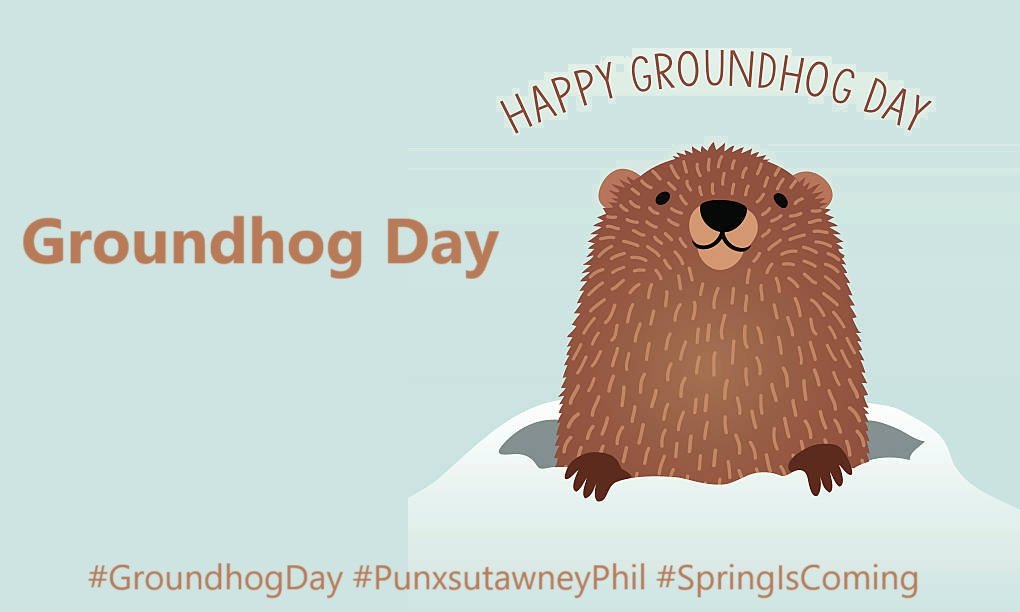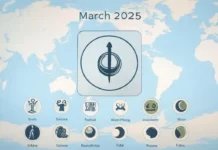
Groundhog Day is a fun and quirky tradition celebrated annually on February 2nd in the United States and Canada. It’s a day where a groundhog, traditionally named Punxsutawney Phil, makes a famous weather prediction for the coming weeks. The most iconic part of the celebration occurs when the groundhog emerges from its burrow, and based on whether it sees its shadow, determines if there will be six more weeks of winter or an early spring. While the tradition may sound lighthearted and whimsical, it has deep roots in both folklore and cultural practices that have evolved over centuries.
The event has become a popular occasion for people to gather, watch the groundhog’s prediction, and embrace the lighter side of life in the middle of winter. Groundhog Day also gained wider recognition through the 1993 movie “Groundhog Day”, starring Bill Murray, which humorously explores the idea of reliving the same day repeatedly.
Key Details About Groundhog Day
| Aspect | Details |
|---|---|
| Date of Observance | February 2 each year |
| Country of Celebration | Primarily the United States and Canada |
| Famous Groundhog | Punxsutawney Phil, from Punxsutawney, Pennsylvania |
| Origin | Rooted in ancient European traditions and folklore |
| Key Prediction | If the groundhog sees its shadow, six more weeks of winter; if not, an early spring |
| Significance | Symbolizes the halfway point between the winter solstice and the spring equinox |
| Main Event | Groundhog emerges from its burrow in Punxsutawney, PA, during an annual ceremony |
History and Origins of Groundhog Day
Groundhog Day traces its origins back to Candlemas Day (February 2nd) in Europe, a Christian observance marking the midpoint between the winter solstice and the spring equinox. According to European folklore, this day was associated with predicting weather patterns. For instance, if the weather on Candlemas was sunny, it meant six more weeks of harsh winter would follow. This tradition was brought over to America by German immigrants, particularly in the Pennsylvania Dutch region, where the first recorded instance of a groundhog predicting the weather occurred.
The tradition of using an animal to predict the weather may have been inspired by European customs where animals like badgers were said to have predictive abilities. However, the groundhog, also known as a woodchuck, became the animal of choice in the United States, particularly in Punxsutawney, Pennsylvania.
The Punxsutawney Phil Tradition
The most famous groundhog is Punxsutawney Phil, who has been predicting the weather for over 130 years. According to local folklore, Phil’s predictions are accurate about 39% of the time. Despite the dubious accuracy, Phil’s weather forecast has become a highly anticipated event, with Punxsutawney, a small town in western Pennsylvania, attracting thousands of visitors each year for the annual Groundhog Day Ceremony.
During the ceremony, Punxsutawney Phil is pulled from his burrow at 7:25 AM, surrounded by enthusiastic spectators. The prediction is typically announced at 8:00 AM, after the groundhog’s interaction with his shadow is interpreted. If Phil sees his shadow, it’s believed that six more weeks of winter will follow. If not, it signals an early spring.
While Punxsutawney Phil is the most well-known groundhog, other regions across the United States and Canada also have their own groundhog traditions, with names like Wiarton Willie in Canada and Staten Island Chuck in New York.
Key Moments in Groundhog Day Celebrations
- Groundhog Day Ceremony in Punxsutawney: A community event complete with music, festivities, and the grand moment when Phil predicts the weather.
- Annual Gathering of the Punxsutawney Groundhog Club: The club, formed in 1887, is responsible for managing Phil’s “official” predictions.
- Groundhog Day Festivities: Across the U.S. and Canada, people gather for parades, parties, and even local festivals to celebrate the day.
Fun Facts About Groundhog Day
- Phil’s Age: Punxsutawney Phil is often claimed to be over 130 years old, though groundhogs typically only live 6-8 years in the wild. This is due to the “magic elixir” Phil supposedly drinks every summer, according to the tradition.
- Groundhog Day in Popular Culture: The 1993 film “Groundhog Day”, starring Bill Murray, cemented the day’s place in pop culture, presenting a comedic look at a man forced to relive February 2nd over and over again.
- Global Celebrations: While Groundhog Day is mostly celebrated in the U.S. and Canada, some places in Europe, such as Germany and the UK, have similar traditions involving animals like badgers, hedgehogs, and bears.
Best Hashtags:
- #GroundhogDay
- #PunxsutawneyPhil
- #SpringIsComing
- #WinterForecast
- #GroundhogDay2025
Why Do People Celebrate Groundhog Day?
Although the weather prediction aspect of Groundhog Day is more of a fun tradition than a scientifically reliable method, it plays an important cultural role. Groundhog Day provides a cheerful, lighthearted diversion from the often gray and cold winter months. It offers communities an opportunity to come together and celebrate the changing of seasons, even if only symbolically. It’s a day filled with humor, hope for the end of winter, and a sense of communal joy as people gather to witness Phil’s forecast.
Key Reminders
Groundhog Day marks the midpoint between the winter solstice and the spring equinox, symbolizing hope for the arrival of spring.
Groundhog Day is not only about weather prediction, but also about celebrating cultural traditions and having fun as a community.
The Punxsutawney Phil ceremony, held annually, is the most iconic of the many Groundhog Day events in North America.























